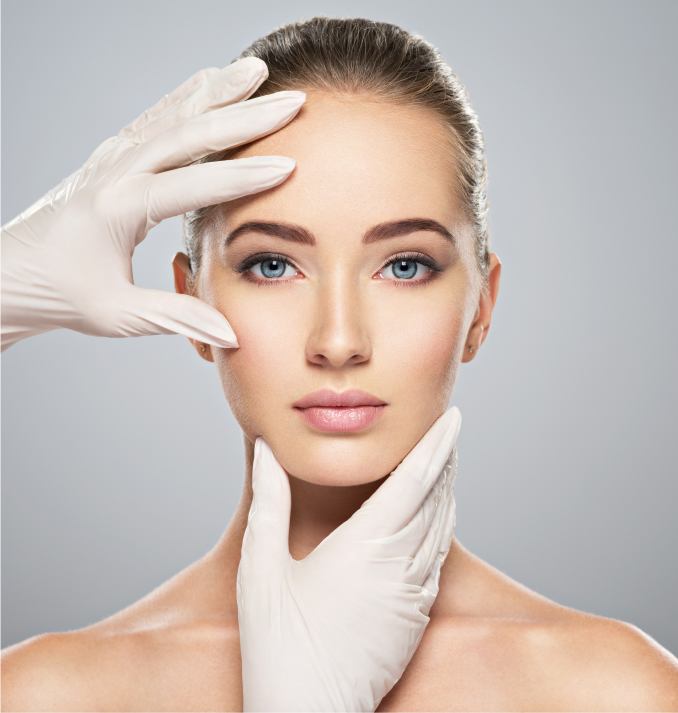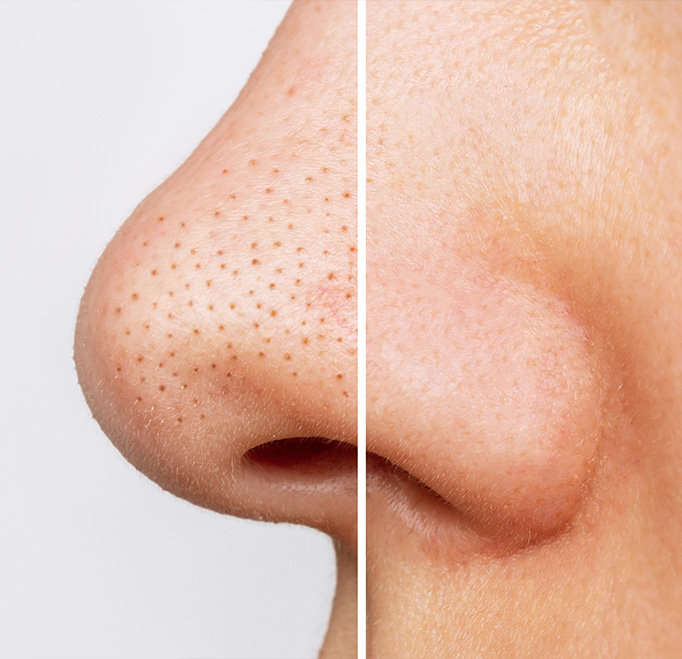What are the Causes of Capillary Formation?
The sun causes blood vessels to grow in the most sensitive areas of the skin. Hot weather, sunburn, strong wind and rosacea (rosacea) also cause capillaries.
Who Should Have Vascular Laser Therapy?
Anyone with capillary disease can have laser treatment. However, people with bleeding, scarring problems and blood vessels should be treated more carefully.
Before the treatment is applied on the skin, the varicose veins, the type of laser to be used in the treatment and the skin type should be evaluated by a specialist dermatologist.
Is Vascular Laser Treatment a Painful Procedure?
Small aches and pains may be felt in the laser treated area. These pains may last for a few minutes.
What are the Vascular Diseases that can be treated with Vascular Laser Therapy?
Congenital vascular spots (hemangiomas, vascular malformations)
Subsequent vascular formations
Fine vascular cracks on the face (telangiectasias)
Rosa disease (rosacea)
Age-related vascular moles
Vasodilatation due to circulatory disorders in the legs
Hereditary diseases that cause vasodilation
When does the treatment give results?
Results after vascular laser treatment can be seen within 4 to 6 weeks. For an effective treatment, 2 or more sessions are required.
What is ND:Yag Laser Used for?
It is used in vascular treatment due to its high rate of hemoglobin absorption. Nd:YAG laser, which can be easily preferred on all skin types, also contributes to the rejuvenation of the skin by increasing collagen tissue during application.
What are the Advantages of Nd-YAG Laser?
It is one of the most effective methods for problems such as varicose veins and capillaries.
It can be used on all skin types, in all seasons.
With the cooling system, there is minimal pain during procedures.
It also tightens and rejuvenates the skin.
You can contact us for Vascular Treatment with ND Oil Laser!
















